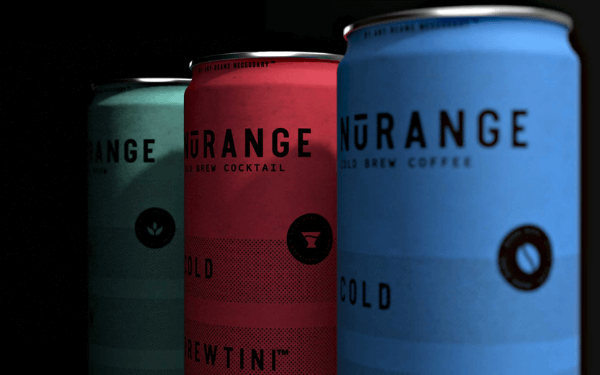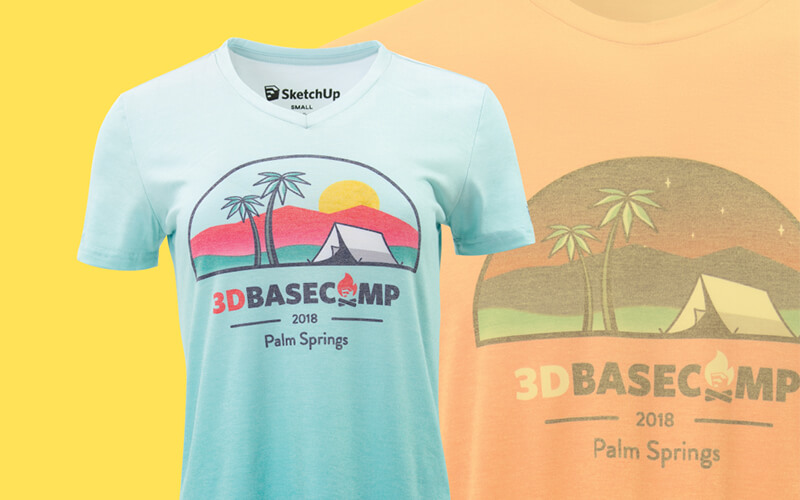What are the Different Types of Brands?
Before you can really talk about what makes a good brand, it’s important to understand what exactly a brand is. Entrepreneur.com defines branding as “the marketing practice of creating a name, symbol or design that identifies and differentiates a product from other products”. but we think of it more as the promise of a unique, lasting experience for your customers.
Many things can become brands, including products, services, organizations, individuals, groups, events, geographic places, private labels, media…the list goes on. But what type of brand is your business? Here are some of the most common types to get you started.
Product Brands
Product brands are those companies that are often defined by their first or most popular product.

Typically, product brands are associated with tangible products such as cars, household goods or lifestyle products. This can either be specific (individual product) or cover a range of products (product range).
- Individual Product: like Coca-Cola or Pepsi.
- Product Range: Most car brands represent a product range brand – think Ford (with several distinct models under that brand umbrella)
- Ingredient Brand: Ingredient brands and branding are great for cross promotion. For example, Arm and Hammer baking soda in an individual product brand unto itself, but it gets additional promotion as a trusted ingredient in everything from deodorant to toothpaste to laundry detergent
Service Brands
A service brand is just that – a brand that is defined by the service that it provides. Some of the biggest brands to grow to prominence in the last few years are service brands – like Uber, Lyft, and AirBnb – with several others developing a hybrid service/product brand identity – like Dollar Shave Club, Quip, or Blue Apron. With service at the core of their identities, service brands need to develop and maintain a strong positive image and customer interactions.
Personal Brands
The rise of social media didn’t invent the personal brand, but it did make it a major part of the branding conversation. Celebrities are the most common examples of personal brands – people like Oprah, Martha Stewart, and Chrissy Teigan have nearly perfected the art – but charismatic founders and leaders of companies (for example Steve Jobs, Elon Musk, Vera Wang) can become deeply connected to and associated with their brand even as the company expands and their involvement changes.
Event Brands

Event brands produce events which deliver a consistent branded experience to its attendees, in turn creating long term consumer loyalty. Sporting events like the Olympics or music festivals like Coachella focus on the consumer experience as a branded effort, as the brand is typically strongly connected with the experience the attendees gain from being at the event. This is a key reason why product or service brands will often sponsor events – they are trying to leverage the emotional connection associated with the event’s goodwill by being a part of that experience.
Geographical Brands
Countries, cities, streets, and buildings such as landmarks have distinct key qualities that can be seen as identifications of a brand, if utilized correctly. Also known as city or destination brands, these brands capitalize on the feelings that a city or region builds in order to associate itself with related ideas and concepts. The “I LOVE NY” or “Visit Denver “ trademarks and brands are great examples of this.
Other Types of Brands
- Global Brands: Typically epitomized by household names such as Amazon, McDonalds, and Disney, these brands are widely marketed and recognized world-wide.
- Luxury Brands: Through quality, association, and story-telling, prestige brands – like Louis Vuitton, TIffany, Balenciaga, and Cartier – deliver social status and endorsement.
- Cult Brands: Fierce communities of customers help propel these brands forward. Some examples include Patagonia, Supreme, Apple, Trader Joe’s, White Claw, and CrossFit.
Many brands function across multiple brand descriptions, but as you’re working to develop your brand you may want to focus on one primary brand type and let any other associations develop organically. Think about your audience, your industry, and your specific USPs (unique selling propositions) and how you best want to express all of those elements under the umbrella of your brand. You may be tempted to target one brand type – who wouldn’t want to establish a cult brand from the offset? – but resist that temptation and try to establish a true and authentic feeling identity for your brand (and hopefully cult status will come later.
First published on 01/02/2019 – updated on 01/13/2021
